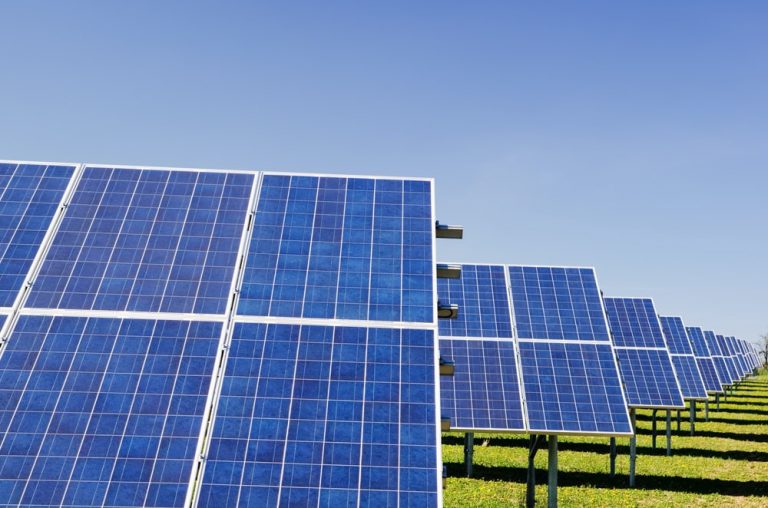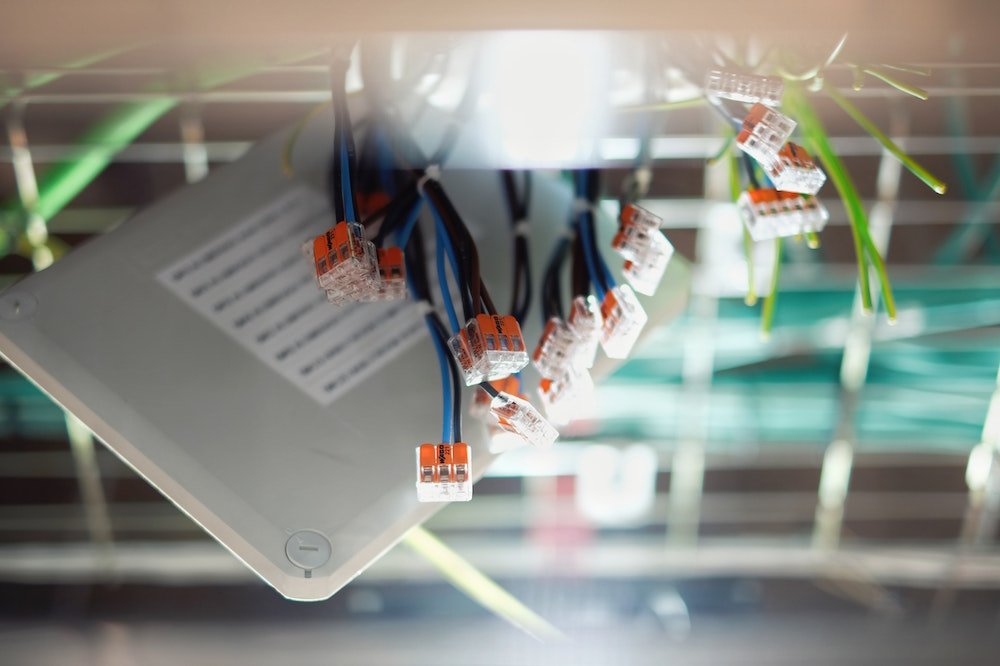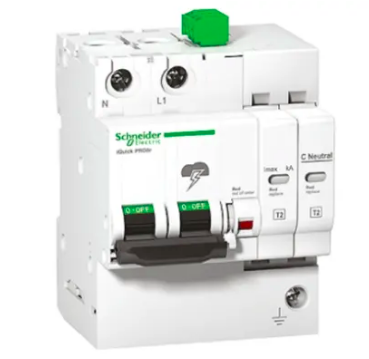Will solar energy be a key player in the power grid of the future? That’s the question on many people’s minds. Learn more about the expected advancements in solar energy storage.
It seems that every day brings a push toward more responsible energy solutions, and solar energy is set to outshine the rest. You’ll find solar panels installed on residential, commercial, and industrial buildings throughout the country, and Australia isn’t the only fan of solar.
Recently, municipal airports in Southern California decided to go solar to help the state reach its sustainable energy goals and to save money in the long term. Also, Eric Raymond’s solar flight company promises to bring the world one step closer to solar electric aircraft with its Sunseeker prototype. One thing that holds many industries back from fully endorsing solar power is energy storage. Let’s look at the state of energy storage and why it should be the focus for lawmakers in the future.
Current State of Energy Storage
When it comes to alternative energy storage, pumped hydropower for dams is what instantly comes to mind. However, there’s been a push lately to use solar to replace some of the electricity-producing dams. In this scenario, energy experts believe that they can save space by 87% by swapping out the huge hydroelectric dams with a collection of solar panels. Environmentalists are also thrilled with the prospect of returning the dams to nature since hydroelectric plants greatly impact the surrounding ecosystems.
What’s stalling the initiative? Replacing dams with solar panels will cause grid shortfalls. Hydroelectric power plants work efficiently to provide electricity to the grid as needed with robust energy storage capabilities. Researchers at Nature Sustainability say that improving battery storage may be the “silver bullet” when it comes to replacing hydropower with solar panels and getting the flexibility that’s needed by the grid.
The proposed solar panel initiative to replace hydroelectric dams was introduced in the United States. How confident are U.S. officials that solar panels will be able to meet the challenge of grid shortfalls? They don’t seem to be very confident that the solar power sector can make battery improvements any time soon that will allow them to replace national hydroelectric dams with solar panels. Instead, they published the U.S. Energy Department Hydropower Vision that said that the use of hydropower would increase. The paper concluded that hydropower would support the integration of solar and other renewable energy production methods into the grid. This drives home the growing need for better solar power storage to get the most out of solar resources.
Australia is one of the sunniest continents on earth, and it can’t afford to take a wait-and-see attitude about solar power production. The country is poised to lead the way when it comes to efficient and reliable solar energy storage. Currently, Australia has small-scale batteries that are used in residential and light commercial settings. It uses large-scale batteries at its many power plants.
Here are the different types of batteries that are used for residential, commercial, and industrial solar power systems.
Small-Scale Solar Energy Batteries
Lead acid batteries are the mainstay of small-scale solar energy storage. They are deep-cycle batteries that offer continued power over a long period of time. When 80% of its power is used, it will need to be recharged. These lead batteries are known for their reliability and longevity; they use technology that has been around since the 1800s.
Modern versions of the battery are flooded lead acid and sealed lead acid batteries. Flooded lead acid batteries require users to monitor electrolyte levels and refill the batteries to keep them working properly. Sealed lead acid batteries are also called maintenance-free batteries since they don’t require users to refill fluids.
Lead acid batteries are used for backup power and off-grid power setups. You can expect them to last 5 to 10 years.
Lithium ion batteries are the current stars on the small-scale battery scene. They require very little maintenance, and they tend to last longer than lead acid batteries. However, extended capacity is what makes this battery so popular. It holds more energy than lead acid batteries, and it has a smaller footprint. You can expect lithium ion batteries to last a minimum of 10 years.
When you have a lithium ion battery, you’re not limited to 80% of the battery’s charge. You can use more of the stored energy before a recharge is needed. Lithium ion batteries were developed during the mid-1980s and came of age as the first electric vehicles hit dealerships. Since lithium-ion technology is relatively new, these batteries are more expensive than lead acid batteries. When improperly installed, lithium ion batteries also have a higher risk of fire.
Large-Scale Solar Energy Batteries
Flow batteries represent an emerging technology in energy storage. These batteries consist of two distinct tanks and a water-based electrolyte liquid that flows between the two areas. As the liquid flows from tank to tank, a chemical reaction happens that allows the device to store energy. A flow battery allows you to use all of its stored energy before recharging without lowering its lifespan. These batteries require a large space to hold a substantial amount of energy. Flow batteries can last up to 30 years, and they have a lower risk of fire.
Sodium sulfur molten salt batteries are made from liquid sodium and sulfur, and they are a cost-effective energy storage option relative to some alternatives. This battery consists of an insulated chamber that contains an electrolyte and electrodes that allow the salt battery to store a lot of energy in a small space. The sodium sulfur molten salt battery is rechargeable and has an efficient charge and discharge cycle.
The vanadium redox flow battery is a flow battery that uses vanadium ions to store energy in large containers. The first vanadium flow battery that effectively stored significant amounts of energy via its solution of vanadium ions and sulfuric acid was built at the University of New South Wales by Maria Skyllas-Kazacos. Vanadium flow batteries are housed in large containers. If a facility needs more energy storage capacity, it simply scales up to a larger battery. If the facility completely uses all of the energy that is stored in its vanadium flow battery, the battery will remain unaffected by its time spent on empty. The vanadium flow battery can also be charged thousands of times without experiencing reductions in capacity.
How Energy Storage Needs to Improve
Today, energy storage is spotlighted as the key that can take solar power systems to the next level. High-capacity, more efficient solar batteries make it possible for homes to feed power grids with surplus power at times of peak demand but go completely off the grid when needed. The same type of batteries are needed at power plants to make sure that those who rely on the electric grid get the power that they need when they need it.
According to statistics that Energy Australia published, the country receives an estimated 15,000 times more solar power than it uses. Wouldn’t it be great if residential and power plant energy storage units worked together strategically to maximize the nation’s solar power resources? Private tech investment, supportive government policies, and a common strategy are needed to make this happen.
What We Can Expect from Energy Storage in the Future
Just as investors supported Maria Skyllas-Kazacos’ vanadium flow battery prototype at the University of New South Wales, they can be counted on to partner with academia to find new chemical formulas for solar batteries.
Here are some proposed characteristics for the new batteries.
– Increased capacity
– Longer-lasting after numerous charges
– Made from more abundant raw materials
– Smaller footprint
– Improved temperature tolerance
Of the new technologies in the pipeline, one stands out from the rest. Lithium titanate promises the boost that solar batteries need to push solar power to the top of the renewable energy food chain. Australia-made Zenaji Eternity is a lithium titanate battery that’s designed for commercial use. It has a 20-year, warranty-backed life cycle that provides 33.8 kilowatts of power storage. The battery can be installed outdoors or inside to support systems that are located in various climate zones.
When it comes to supportive government policies for solar energy storage, South Australia leads the way. The South Australian government has policies in place to find or develop the best solar energy storage solutions. Its policies are backed by funding, and you’ll find an extensive list of projects at its Renewable Energy Atlas and Investment Portal.
One of the most important keys to improving solar power storage is strategy. This includes how you use those innovative storage units to meet specified goals. You can expect state and local governments across Australia to at least consider including distributed energy systems in their energy transition strategies. Distributed energy systems are a collection of energy generation, storage, and control solutions that are located in different places. When used correctly, distributed energy systems offer the flexibility that helps to prevent renewable energy power grid shortfalls due to changing weather conditions. Distributed energy systems that are built on blockchain technology appear to be the most promising when it comes to creating a renewable energy power grid that’s more efficient, cost-effective, stable, and secure.
Conclusion
No one can deny the benefits of harnessing free energy from the sun to power homes and businesses across the country. However, the capacity of solar power batteries must increase significantly to meet the performance requirements of today’s society. At CLF Services, we believe that you’ll see marked innovation in that area of the renewable energy sector in the future, and we’ll be right there to help you to get the most out of those new renewable energy systems. Have questions about solar energy products and services? Contact CLF services today for more information.













